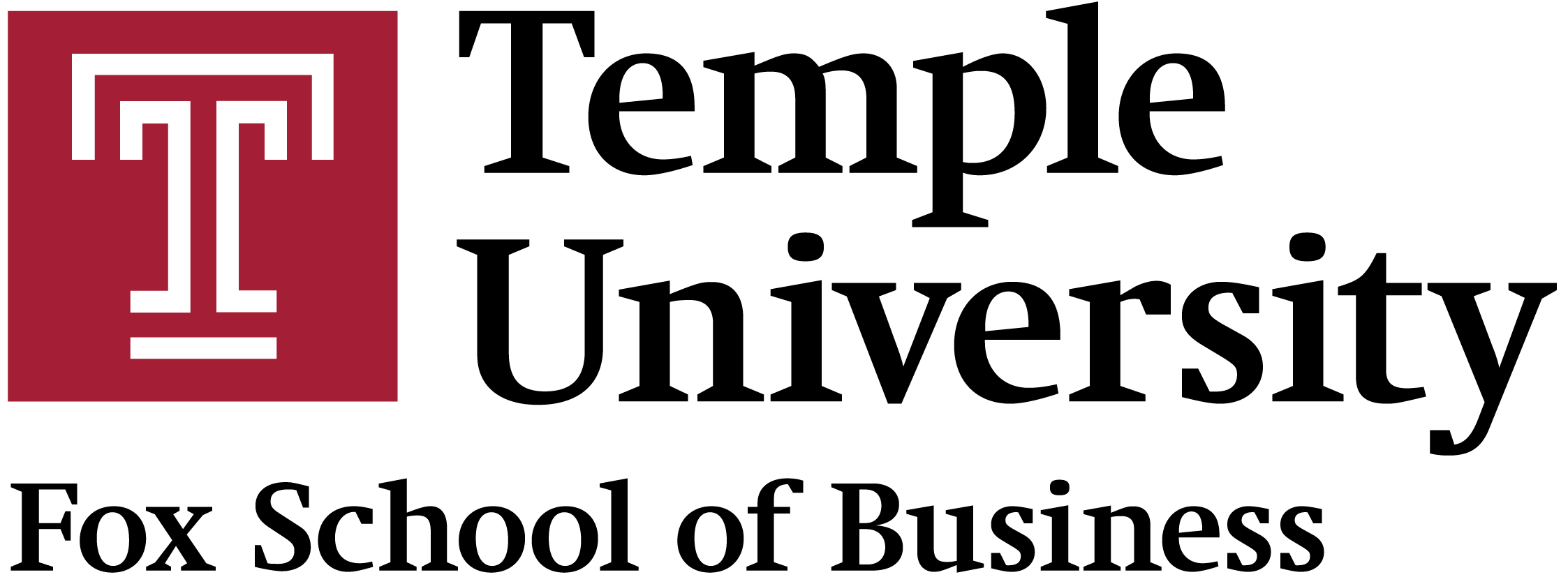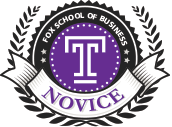Mumbai – Diversity Redefined
Mumbai, the financial capital of India, is one of the most diverse and culturally rich places in the world. We visited Star India, a leading media house; Salaam Bombay Foundation, a NGO fighting against tobacco use; Dharavi, one of the biggest slums in the world; Tata Motors, a market leader in commercial vehicles and among the top in passenger vehicles, and IL&FS, infrastructure development and financial services company. The cultural, economic and geographic diversities are the biggest challenges as well as opportunities for the companies. My biggest takeaway from all the visits is that, India is a melting pot, and doing business requires not just one but a combination of strategies. Also, to unlock its potential, India needs a unique approach – a framework that binds different stakeholders together to convert challenges into opportunities.
Though I have lived in India and known the ground realities, it is a different experience to see India from outsider’s perspective. The questions my colleagues ask make me think why things are like how they are. Why in India we see two, three or four different Indias? Why in India, we see slums abutting skyscrapers? Why in India we see street hawkers in front of big shopping malls? Why we see laborers pulling carts beside posh Mercedes and Audi? The answers are not so simple, also, there is no one answer to these complex questions.
My interaction with people from diverse background has certainly helped me find answers to the above complex questions. We understood how TV programs such as ‘Satyamev Jayate’ influence people’s attitude and also governmental policies. Media is a powerful tool that can impact people’s life significantly. However, my question, why it took so many years for the biggest media house to come up with such a program, remained unanswered. One more interesting observation is that the success of one medium depends on several complementary media. To illustrate, TV shows attracting twitter and Facebook hits or newspaper attention can be massively successful. As India is experiencing Internet revolution, Internet has a significant role in shaping India’s future.
Salaam Bombay Foundation founder, Padmini Somani is an inspiring lady who is doing marvelous job to save children from tobacco menace. NGO’s unique way of using children as anti-tobacco activists is powerful. We could see how children, if guided in right direction, can achieve great heights. As MBAs we have ample opportunities to come up with frameworks that help NGOs run efficiently and collaborate with corporates. Visit to Dharavi was unique in its own ways as many hadn’t seen anything like that before. The productivity of recycling workshops and the way resources were used made us realize the value of things around us. Both the visits to Salaam Bombay in a municipal school and Dharavi surprised us because of the environment in which children are studying and people are living. Also, the industries in Dharavi are run by the rich with the help of unorganized laborers, majority of them being immigrants from different states. People work in inhumane conditions to help their families meet their ends. As told by one of the laborers, “I want my children to do better work than what I am doing, I want them to study well..” After every experience the differences between various Indias became more and more evident.
So, what India needs today is a framework where different stakeholders can work together, where businesses can be run competitively and efficiently. Government should take a proactive role as collaborator, impartial regulator and an active facilitator. The boundary between NGOs and corporates should fade as they both work together to achieve economies of scale and empower people from grass root level to achieve ‘collective impact’ The ultimate goal is to promote equitable development in India and this can be achieved only if the barriers between different segments reduce and corruption is mitigated.


